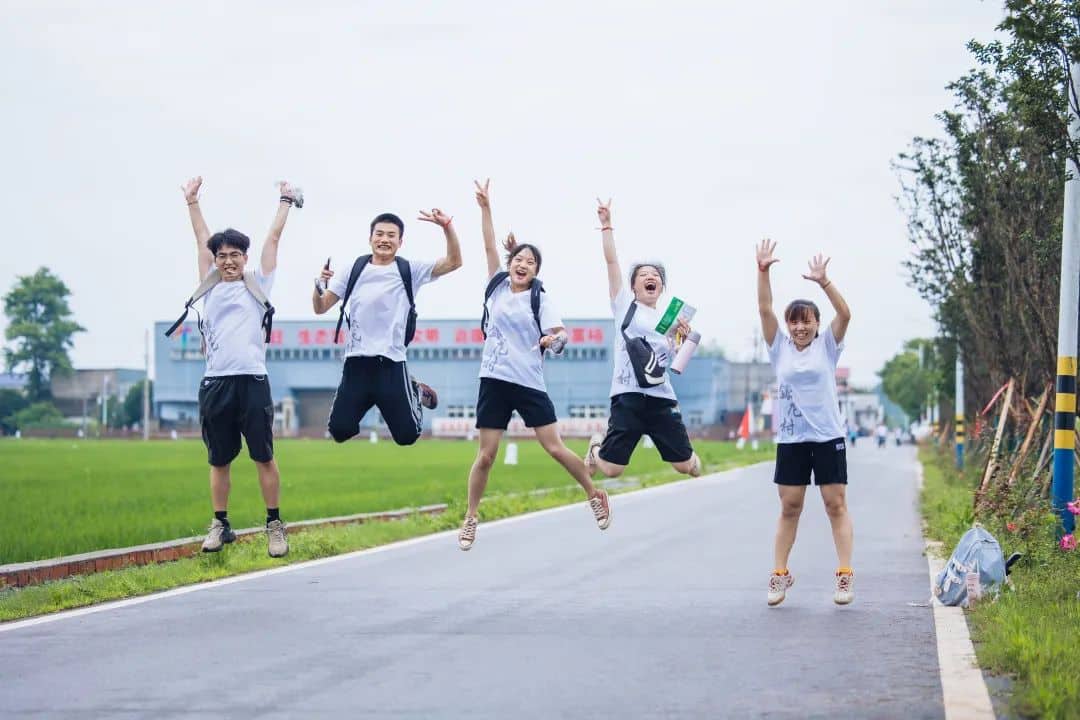When Green Hunan won the Person of Year on Rule of Law in 2013, an award given to individuals and organizations by China’s Ministry of Justice and China Central Television (CCTV), the group’s leader Dai Xiaoyan, took a back seat. Her six colleagues and volunteers from Green Hunan were the ones to enjoy the limelight at a ceremony staged by CCTV which aired to an audience of over half a billion Chinese.
On stage, each of the six activists wore a t-shirt with a number, together revealing an environmental hotline manned by Green Hunan to collect reports on Xiangjiang River pollution cases.
Green Hunan was awarded for mobilizing citizen groups to monitor levels of heavy metals in the Xiangjiang River, and for holding several companies accountable for discharging chemical and toxic waste into the waterway.
Dai Xiaoyan and her colleagues have not let up in their efforts to do more. They quickly put aside the media fanfare as if it had never happened. “This is not really our goal,” said Dai on the popular award, “it might serve as a good protection of our efforts though.”
Dai spoke of the challenges and often danger they experienced. The largest river in Hunan Province, the Xiangjiang ends at Lake Dongting, the second-largest lake in China. Decades of industrial development have left the waterway famous for its heavy metal pollution.

Frustrated by on-going pollution and inaction from local environmental agencies, farmers from the village of Shishan in the city of Xiangtan alerted Green Hunan in August 2013 about a nearby metallurgical company. The next day, four members of the organization went to document evidence of pollution in the village. Just as they were leaving, scores of men with cudgels stopped and beat them severely. Dai, after learning of the situation, quickly spread the word via social media site Sina Weibo and pressured local police to come to the rescue.
Physical threats were temporary. More everyday challenges came from the lack of funding. When Green Hunan was first established in 2007, its annual budget was less than $3000. Dai, then a new college graduate, was unable to afford a place to stay and had to sleep in the office at night. Each day, she would work over 14 hours, multitasking from media outreach to river patrols.
In 2010, Dai, together with her colleague Tan He, were named winners of the Action Figure of the Year award by Circle of Blue, a US water-focused institution established by American journalists and scientists.
Today, Green Hunan has over 200 volunteers. Many were inspired by Dai Xiaoyan and her colleagues’ passion for protecting the Xiangjiang River.
While many young people opt for the latest versions of smart phones, they are largely unaware that metals such as zinc and indium used for the phones’ display technologies are contributing to the pollution of the Xiangjiang River, affecting the safety of drinking water for over 40 million people.
Green Hunan does not just stop at educating the public, the group is pushing for environmental information disclosure and sound environmental governance in Hunan. As Circle of Blue observed, “Green Hunan innovated at the grassroots level by using water samples, fresh data, and existing laws to pressure local governments into releasing water pollution information.”
The group has helped establish river watch groups around Hunan Province to monitor local rivers. This volunteer network of active citizens have become local environmental change-makers. In 2020, nearly a thousand people rallied along the Songya Lake in Changsha, embarking on a 20-kilometer -long Green Walker march organized by Green Hunan.
Suspended for three years due to Covid-19, the Green Walker march is now on Green Hunan’s agenda for raising environmental awareness and donations from the public. To defend the Xiangjiang River and clean up toxic pollutants, the group clearly has a long green march ahead.




